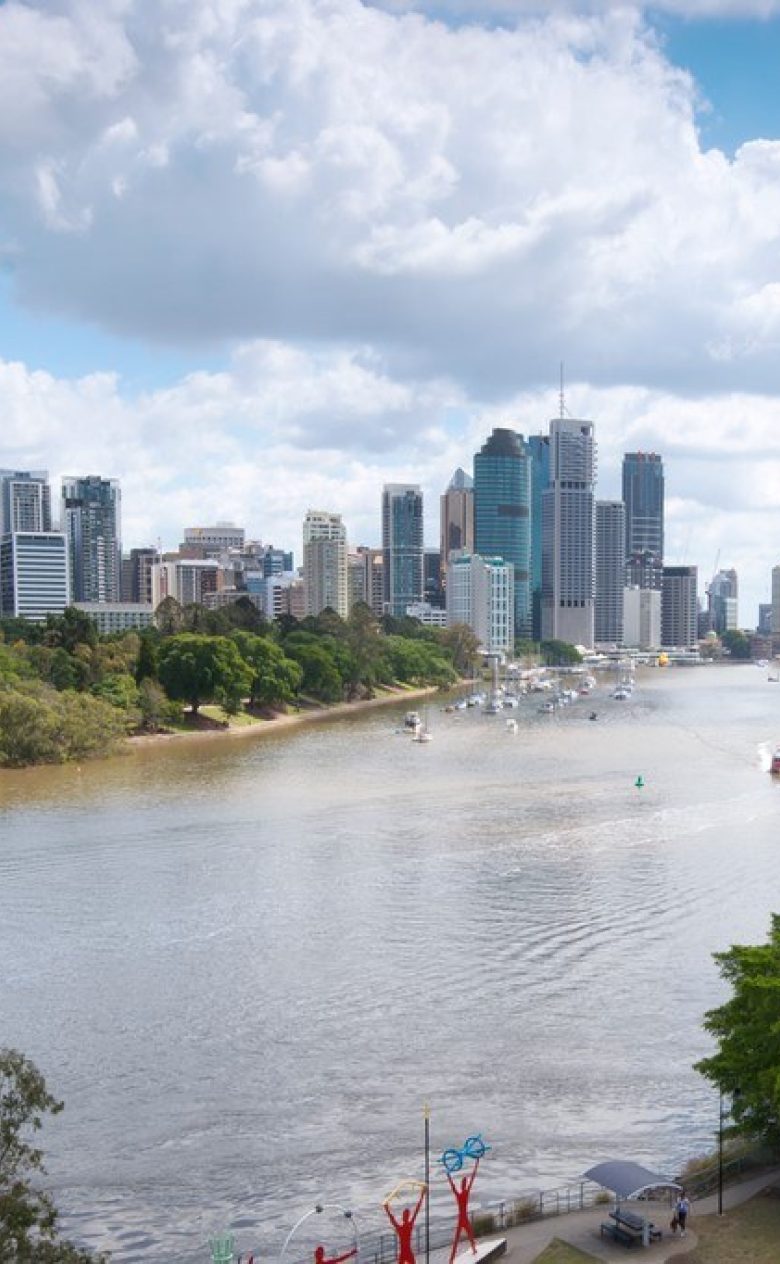Brisbane river catchment flood study
In 2011, major floods in the Brisbane River catchment led to 3.5 to 4.5 billion Australian dollars in damages and 35 fatalities. The government of Queensland, Australia, recognized the need for an improved flood management plan, and issued a call for a catchment-wide flood study to support it.

Comprehensive hydrological study
Deltares was part of a consortium that carried out a comprehensive hydrological study, the goal of which was to determine the probabilities that extreme river flows (throughout the catchment) are exceeded – critical input for flood risk management. The Brisbane River has a total length of 309 km and is the longest river in south east Queensland. The catchment is a mixture of rural and urban areas and is a complex and heterogeneous system.
Commonly applied methods to estimate flood probabilities in river catchments use simplified representations of the physical characteristics and ignore the heterogeneity of rainfall patterns. Deltares addressed these issues by implementing a Monte-Carlo-based framework for estimating flood probabilities. In this approach, a large number of realistic and representative synthetic rainfall events are generated and simulated with a combined hydrological- and reservoir simulation model.
The method has the advantage over more traditional approaches in that it explicitly considers the natural variability of all relevant physical processes that contribute to flood events. As a consequence, it provides a better understanding of flooding mechanisms and interactions.
Read more about the Brisbane River Catchment Flood Study



